1. Schunk M, Reitmeir P, Rückert-Eheberg IM, Tamayo T, Schipf S, Meisinger C, et al. Longitudinal change in health-related quality of life in people with prevalent and incident type 2 diabetes compared to diabetes-free controls. PLoS One. 2017; 12:e0176895. PMID:
28467489.

2. Bommer C, Heesemann E, Sagalova V, Manne-Goehler J, Atun R, Bärnighausen T, et al. The global economic burden of diabetes in adults aged 20-79 years: a cost-of-illness study. Lancet Diabetes Endocrinol. 2017; 5:423–430. PMID:
28456416.

3. Dall TM, Narayan KM, Gillespie KB, Gallo PD, Blanchard TD, Solcan M, et al. Detecting type 2 diabetes and prediabetes among asymptomatic adults in the United States: modeling American Diabetes Association versus US Preventive Services Task Force diabetes screening guidelines. Popul Health Metr. 2014; 12:12. PMID:
24904239.

4. Zhang Y, Hu G, Yuan Z, Chen L. Glycosylated hemoglobin in relationship to cardiovascular outcomes and death in patients with type 2 diabetes: a systematic review and meta-analysis. PLoS One. 2012; 7:e42551. PMID:
22912709.

5. Buehler AM, Cavalcanti AB, Berwanger O, Figueiro M, Laranjeira LN, Zazula AD, et al. Effect of tight blood glucose control versus conventional control in patients with type 2 diabetes mellitus: a systematic review with meta-analysis of randomized controlled trials. Cardiovasc Ther. 2013; 31:147–160. PMID:
22212499.

6. Harrison TA, Hindorff LA, Kim H, Wines RC, Bowen DJ, McGrath BB, et al. Family history of diabetes as a potential public health tool. Am J Prev Med. 2003; 24:152–159. PMID:
12568821.

7. Valdez R, Yoon PW, Liu T, Khoury MJ. Family history and prevalence of diabetes in the U.S. population: the 6-year results from the National Health and Nutrition Examination Survey (1999-2004). Diabetes Care. 2007; 30:2517–2522. PMID:
17634276.
8. Sakurai M, Nakamura K, Miura K, Takamura T, Yoshita K, Sasaki S, et al. Family history of diabetes, lifestyle factors, and the 7-year incident risk of type 2 diabetes mellitus in middle-aged Japanese men and women. J Diabetes Investig. 2013; 4:261–268.

9. Cornelis MC, Zaitlen N, Hu FB, Kraft P, Price AL. Genetic and environmental components of family history in type 2 diabetes. Hum Genet. 2015; 134:259–267. PMID:
25543539.

10. Zhang J, Yang Z, Xiao J, Xing X, Lu J, Weng J, et al. Association between family history risk categories and prevalence of diabetes in Chinese population. PLoS One. 2015; 10:e0117044. PMID:
25664814.

11. Moon JH, Roh E, Oh TJ, Kim KM, Moon JH, Lim S, et al. Increased risk of metabolic disorders in healthy young adults with family history of diabetes: from the Korea National Health and Nutrition Survey. Diabetol Metab Syndr. 2017; 9:16. PMID:
28265302.

12. Molyneaux L, Constantino M, Yue D. Strong family history predicts a younger age of onset for subjects diagnosed with type 2 diabetes. Diabetes Obes Metab. 2004; 6:187–194. PMID:
15056126.

13. Berkowitz SA, Meigs JB, Wexler DJ. Age at type 2 diabetes onset and glycaemic control: results from the National Health and Nutrition Examination Survey (NHANES) 2005-2010. Diabetologia. 2013; 56:2593–2600. PMID:
23995472.

14. Shamshirgaran SM, Mamaghanian A, Aliasgarzadeh A, Aiminisani N, Iranparvar-Alamdari M, Ataie J. Age differences in diabetes-related complications and glycemic control. BMC Endocr Disord. 2017; 17:25. PMID:
28472985.

15. Hariri S, Yoon PW, Qureshi N, Valdez R, Scheuner MT, Khoury MJ. Family history of type 2 diabetes: a population-based screening tool for prevention? Genet Med. 2006; 8:102–108. PMID:
16481893.

16. Meigs JB, Cupples LA, Wilson PW. Parental transmission of type 2 diabetes: the Framingham Offspring Study. Diabetes. 2000; 49:2201–2207. PMID:
11118026.

17. Kweon SS, Shin MH, Jeong SK, Nam HS, Lee YH, Park KS, et al. Cohort Profile: The Namwon Study and the Dong-gu Study. Int J Epidemiol. 2014; 43:558–567. PMID:
23505254.

18. Klein R, Klein BE, Moss SE. Relation of glycemic control to diabetic microvascular complications in diabetes mellitus. Ann Intern Med. 1996; 124(1 Pt 2):90–96. PMID:
8554220.

19. Gaster B, Hirsch IB. The effects of improved glycemic control on complications in type 2 diabetes. Arch Intern Med. 1998; 158:134–140. PMID:
9448551.

20. Gong L, Kao WH, Brancati FL, Batts-Turner M, Gary TL. Association between parental history of type 2 diabetes and glycemic control in urban African Americans. Diabetes Care. 2008; 31:1773–1776. PMID:
18535188.

21. Kuo CK, Lin LY, Yu YH, Chang CH, Kuo HK. A family history of diabetes mellitus is associated with poor glycemic control and increased metabolic risks among people with diabetes: data from the National Health and Nutrition Examination Survey 1999-2004. Intern Med. 2010; 49:549–555. PMID:
20228589.

22. Wu M, Wen J, Qin Y, Zhao H, Pan X, Su J, et al. Familial history of diabetes is associated with poor glycaemic control in type 2 diabetics: a cross-sectional study. Sci Rep. 2017; 7:1432. PMID:
28469277.

23. De Silva SN, Weerasuriya N, De Alwis NM, De Silva MW, Fernando DJ. Excess maternal transmission and familial aggregation of type 2 diabetes in Sri Lanka. Diabetes Res Clin Pract. 2002; 58:173–177. PMID:
12413776.

24. Tan JT, Tan LS, Chia KS, Chew SK, Tai ES. A family history of type 2 diabetes is associated with glucose intolerance and obesity-related traits with evidence of excess maternal transmission for obesity-related traits in a South East Asian population. Diabetes Res Clin Pract. 2008; 82:268–275. PMID:
18804306.

25. Otabe S, Nakayama H, Fukutani T, Yuan X, Wada N, Hashinaga T, et al. Excessive maternal transmission of diabetes in Japanese families with young-onset type 2 diabetes and insulin secretion defect according to clinical features. Acta Diabetol. 2010; 47(Suppl 1):133–138. PMID:
19787289.

26. Benrahma H, Arfa I, Charif M, Bounaceur S, Eloualid A, Boulouiz R, et al. Maternal effect and familial aggregation in a type 2 diabetic Moroccan population. J Community Health. 2011; 36:943–948. PMID:
21442339.

27. Tam CH, Wang Y, Luan J, Lee HM, Luk AO, Tutino GE, et al. Maternal history of diabetes is associated with increased cardiometabolic risk in Chinese. Nutr Diabetes. 2014; 4:e112. PMID:
24614663.

28. Viswanathan M, McCarthy MI, Snehalatha C, Hitman GA, Ramachandran A. Familial aggregation of type 2 (non-insulin-dependent) diabetes mellitus in south India; absence of excess maternal transmission. Diabet Med. 1996; 13:232–237. PMID:
8689843.

29. Kim DJ, Cho NH, Noh JH, Lee MS, Lee MK, Kim KW. Lack of excess maternal transmission of type 2 diabetes in a Korean population. Diabetes Res Clin Pract. 2004; 65:117–124. PMID:
15223223.

30. Fetita LS, Sobngwi E, Serradas P, Calvo F, Gautier JF. Consequences of fetal exposure to maternal diabetes in offspring. J Clin Endocrinol Metab. 2006; 91:3718–3724. PMID:
16849402.

31. Pettitt DJ, Bennett PH, Saad MF, Charles MA, Nelson RG, Knowler WC. Abnormal glucose tolerance during pregnancy in Pima Indian women. Long-term effects on offspring. Diabetes. 1991; 40(Suppl 2):126–130. PMID:
1748241.

32. Dabelea D, Pettitt DJ, Hanson RL, Imperatore G, Bennett PH, Knowler WC. Birth weight, type 2 diabetes, and insulin resistance in Pima Indian children and young adults. Diabetes Care. 1999; 22:944–950. PMID:
10372247.

33. Rigoli L, Salpietro DC, Caruso RA, Chiarenza A, Barberi I. Mitochondrial DNA mutation at np 3243 in a family with maternally inherited diabetes mellitus. Acta Diabetol. 1999; 36:163–167. PMID:
10664322.

34. Maassen JA, Janssen GM, Hart LM. Molecular mechanisms of mitochondrial diabetes (MIDD). Ann Med. 2005; 37:213–221. PMID:
16019720.

35. Chien KL, Hsu HC, Su TC, Chang WT, Chen PC, Chen MF, et al. Sibling and parental history in type 2 diabetes risk among ethnic Chinese: the Chin-Shan Community Cardiovascular Cohort Study. Eur J Cardiovasc Prev Rehabil. 2008; 15:657–662. PMID:
19020459.

36. Harrap SB, Stebbing M, Hopper JL, Hoang HN, Giles GG. Familial patterns of covariation for cardiovascular risk factors in adults: The Victorian Family Heart Study. Am J Epidemiol. 2000; 152:704–715. PMID:
11052548.

37. Galobardes B, Lynch JW, Davey Smith G. Childhood socioeconomic circumstances and cause-specific mortality in adulthood: systematic review and interpretation. Epidemiol Rev. 2004; 26:7–21. PMID:
15234944.

38. Galobardes B, Smith GD, Lynch JW. Systematic review of the influence of childhood socioeconomic circumstances on risk for cardiovascular disease in adulthood. Ann Epidemiol. 2006; 16:91–104. PMID:
16257232.

39. Basso O, Olsen J, Bisanti L, Karmaus W. The performance of several indicators in detecting recall bias. European Study Group on Infertility and Subfecundity. Epidemiology. 1997; 8:269–274. PMID:
9115021.
40. Hassan E. Recall bias can be a threat to retrospective and prospective research designs. Internet J Epidemiol. 2005; 3(2):

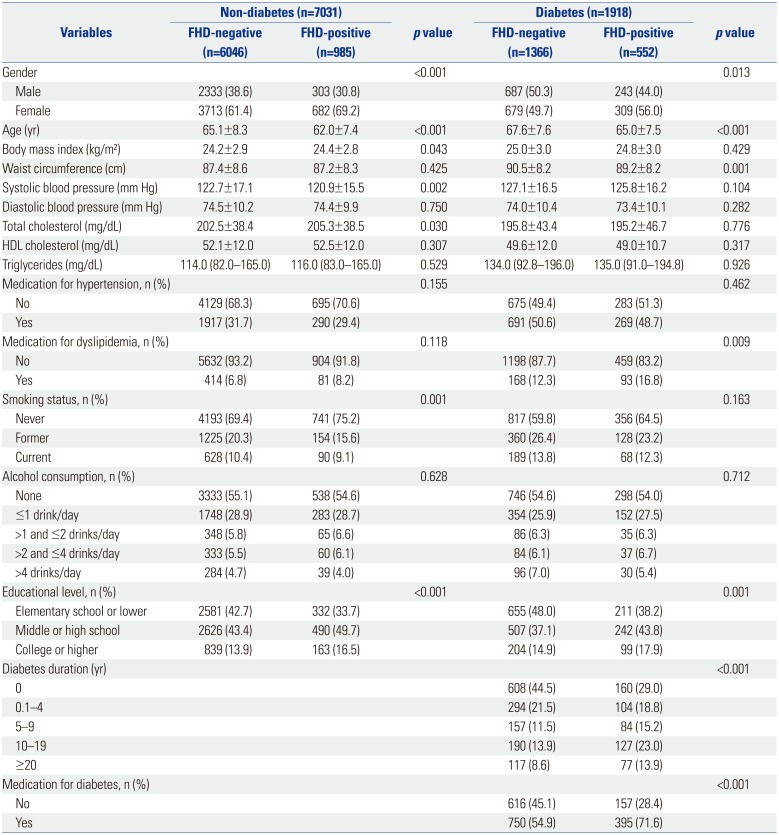
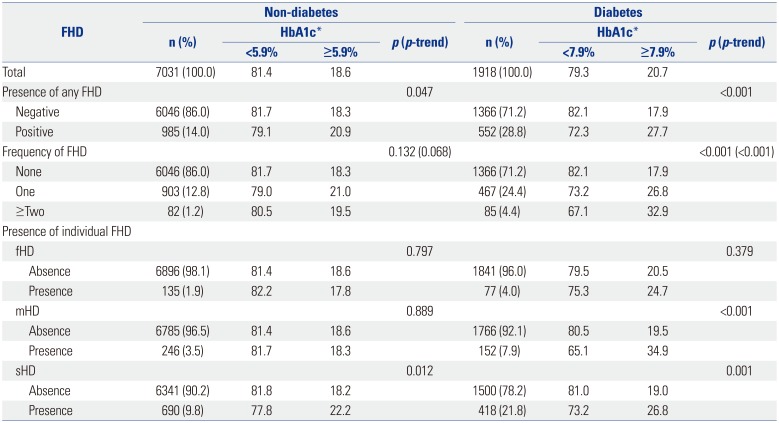
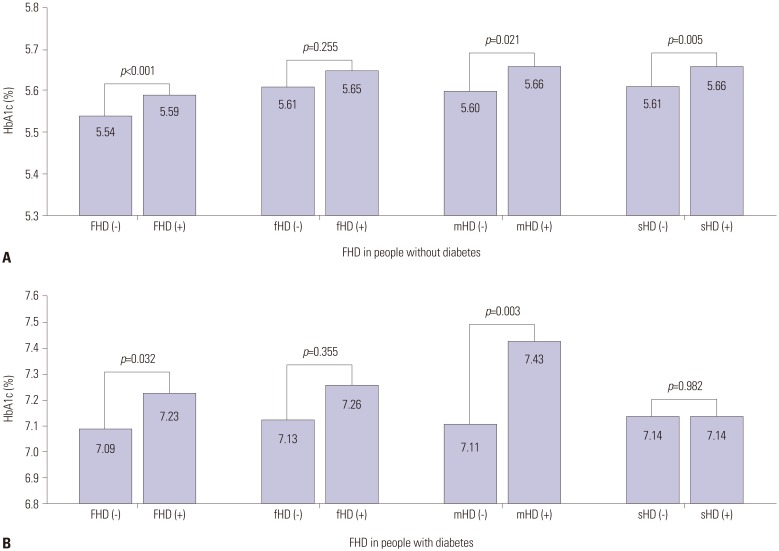
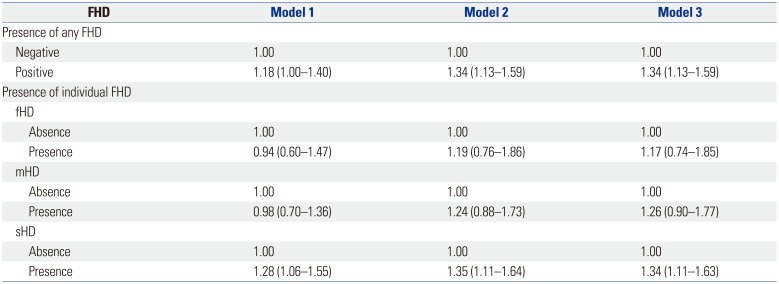

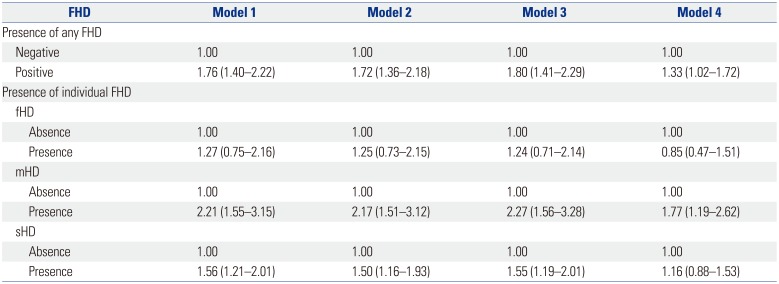




 PDF
PDF ePub
ePub Citation
Citation Print
Print



 XML Download
XML Download